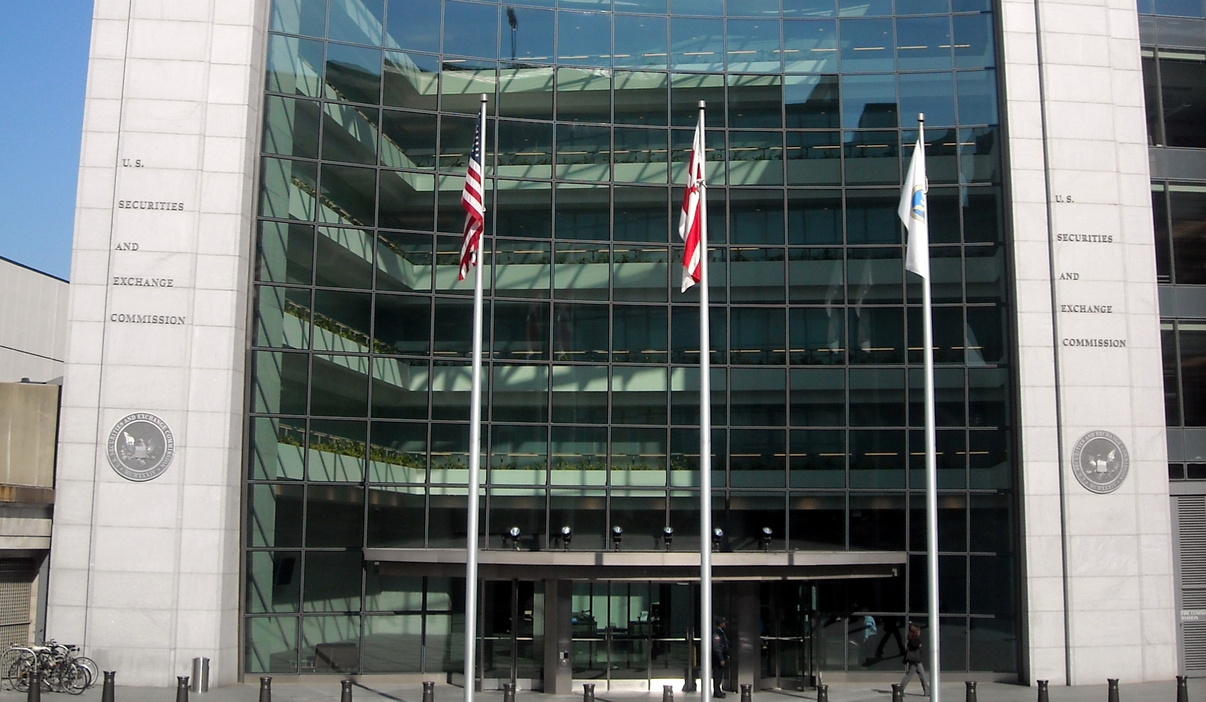The registered investment advisor (RIA) channels have experienced significant growth over the past decade. Driven by advisors seeking independence and by strong market performance, assets have grown at a compound annual growth rate (CAGR) of 11% over the last ten years. Despite this, RIAs face challenges in achieving organic growth and are seeking new avenues for expansion while continuing to invest in proven strategies, according to the report The Cerulli Report—U.S. RIA Marketplace 2025.
Throughout the recent history of RIAs, the primary focus has been on inorganic opportunities. With M&A activity becoming commonplace, overall attention is shifting back to organic growth. This renewed focus is revealing gaps in the marketing and business development strategies of RIAs.
“In an increasingly consolidated market, the need for positive net asset flows cannot be underestimated, given their influence on the future of the RIA channels,” said Stephen Caruso, associate director at the international consulting firm Cerulli.
“The need for dedicated mindsets around marketing, business development, and client service is crucial, as firms seek to restructure and refocus for their next phase of growth and opportunity. Implementing these priorities is the challenge RIAs face today as they look to enter new markets and leverage new technologies to do so,” he added.
Since referrals play a significant role in the business development of RIAs—93% of firms with assets over 1 billion dollars consider them their main organic growth strategy—some companies have been able to avoid more traditional marketing approaches.
On the other hand, some of the largest firms have moved deeply into the marketing space, attempting to leverage multiple strategies to maximize their outcomes.
“The average RIA has limited resources to drive organic growth, and the lack of advisor time is a challenge,” said Caruso.
According to research from the Boston-based consulting firm, 83% of companies cite limited resources and advisor time as a major or moderate challenge. Moreover, advisors devote only 7% of their time to business development, which amounts to roughly three hours per week in a 40-hour workweek. “As many firms aim to scale, developing well-thought-out strategic marketing capabilities will lay a strong foundation for sustainable growth,” the expert added.
For strategic partners, including asset managers, the need for support in this area is already evident and will intensify as founders and partner advisors retire from the business. By developing value-added content around common marketing topics—such as defining ideal clients or branding—asset managers can maintain a leading position as strategic partners to RIA firms.




